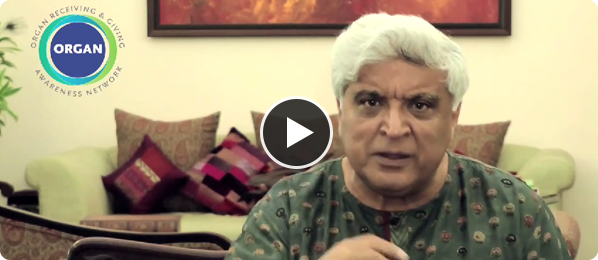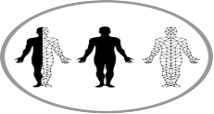Our skin is the largest human organ. It acts as a shield to protect us from heat and cold, as well as environmental impacts such as chemicals, the sun’s UV-radiation and bacteria.
Normally, our skin would mend itself from the daily wear and tear. But when the skin gets badly burned or damaged, it’s unable to repair itself without help. For patients with severe burn injuries, one way to promote healing is by covering the wound with Allografts – skin from an organ donor. Skin is needed to prevent infections, decrease pain and provide protection, and help faster healing and save lives.
If the burnt area is not immediately covered with some skin substitutes, then patients are prone to infection, fluid loss and ultimately death.
In case of smaller percentage of burns, skin from the un-burnt area of the patient is taken out and put on the burn wound to cover it. But when burns percentage is more than 40% to 50%, then the patient’s own skin is not available to cover the burn wound. In that scenario we need some skin substitutes. In emergencies when skin is not available, often relatives of patients offer their own skin, as a live donor.
It is said that skin is the best substitute for skin. Thus, Skin donated after death is the best and cheapest substitute compared to artificial skin substitutes.
Such skin is a temporary dressing but is vitally important as it helps in patient’s own skin to regenerate. 80% of such patients can be saved if we have enough skin in skin banks. This is why skin donation is so vital. Donating your skin after your death, instead of burning or burying your body would be a great service to millions who are suffering. Watch the film below for more information.






